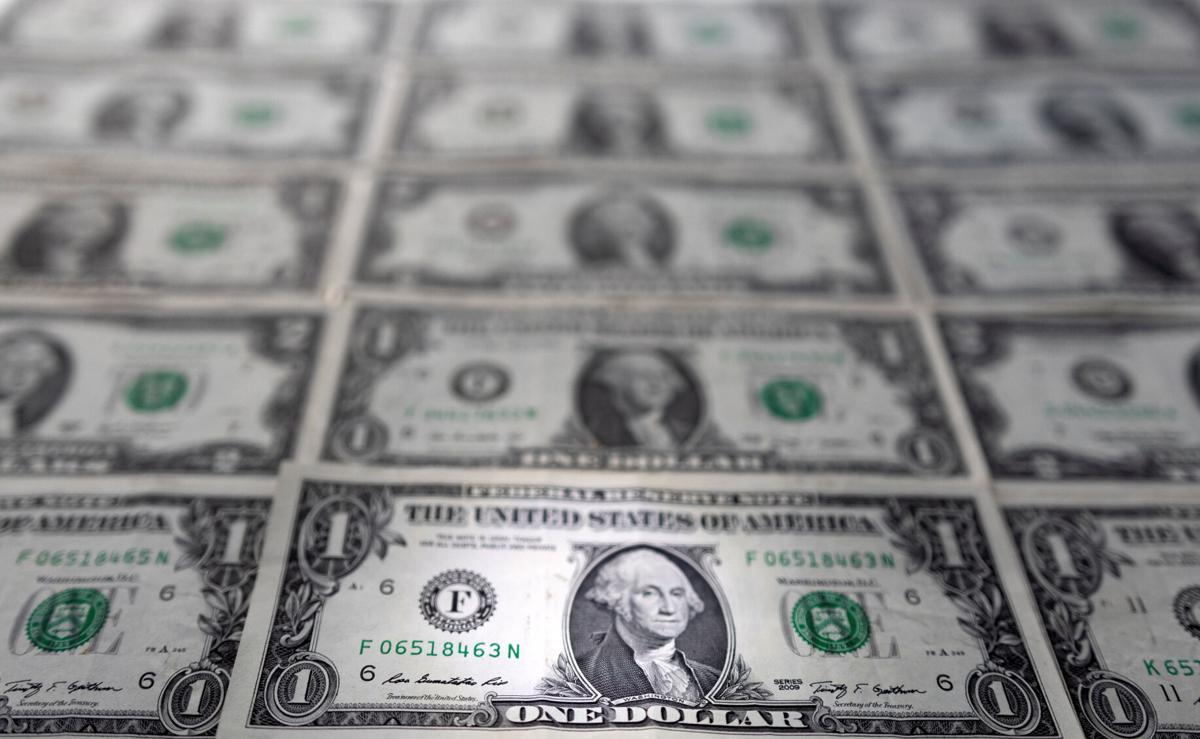Commodities
U.S. equity funds shed $2.1 trillion in the quarter

The bear market set a record. From April to June, U.S. equity funds’ net assets fell 18.6%, or $2.1 trillion, the largest quarterly loss in history for them.
The bear market in U.S. stocks that began this year continues to break records both in the amount of investor funds evaporating and in the rate at which money is fleeing falling assets. The S&P 500 broad market index lost 16.45% in the second quarter, but assets of funds investing in U.S. stocks appeared to have declined even more.
As reported on Monday, citing data from Refinitiv Lipper Reuters, in the second quarter, there was a record reduction in their net assets – by $2.1 trillion – to $9.2 trillion. This, as the agency notes, is the maximum quarterly loss for such funds in history.
In relative terms, this corresponds to a drop of 18.6%, clearly more than the S&P 500. But although it is called a broad market index, the market itself is much broader, and the real structure of fund ownership and investment is different from any index. In addition to the serious drop in stock prices, the size of assets was also affected by investors taking money out.
According to Refinitiv Lipper, last week was the third week in a row that saw an outflow of money from U.S. equity funds. Generally speaking, there have been longer series of outflows this year. This is entirely unsurprising given that the entire first half of the year was also one of the darkest in history for U.S. stocks.
For the S&P 500, the first six months of 2022 were its worst since 1970, losing 20.6% during that period. For the Dow Jones Industrial Average, down 15.3%, it was its worst start to a year since 1962. For the younger Nasdaq Composite, which appeared only in 1971, it was the weakest first half of the year ever (minus 29.5%).
The Vanguard Total Stock Market Index Fund, Inst +, SPDR S&P 500 ETF Trust and Vanguard 500 Index Fund, Admiral showed the biggest declines in absolute terms in the second quarter. They lost $77.5 billion, $70.5 billion and $69.3 billion in net assets, respectively.
The rest of the Top 10 funds by falling assets are, of course, among the largest by absolute size and represent such giants as Fidelity, Vanguard, BlackRock and others. And the top 9 places are occupied by index-tracking funds.
Obviously, against the backdrop of a falling market, the ability to track its dynamics as accurately as possible no longer seems as good an idea to everyone as it used to be. This, however, is commonplace and not really related to the type of funds. Back in the 1980s and 90s, studies were conducted to show that the public was constantly hurting itself.
At that time managers were taking higher commissions than they do now, and these commissions were also higher than at index funds, which gained popularity in recent decades. So their yields were generally supposed to be lower, but they still did show it (and not so small). But in fact, in the long-term, the mass investor got just a small share of it.
The reason was in constant attempts to guess the right moment to buy or sell stocks or other instruments, and also to choose a fund which would be best suited for this. After many attempts people, firstly, just did not guess, and secondly, paid much higher commissions, additionally reducing profitability. As a result, a strategy like “buy and hold” turned out to be an order of magnitude more effective. Now the stock industry has changed noticeably.
Commodities
Oil prices rise; U.S. crude inventories plunge, Russia-Ukraine truce eyed
Commodities
India’s Reliance to stop buying Venezuelan oil over US tariffs, sources say
Commodities
Oil prices climb on Venezuela supply worries

 Forex3 years ago
Forex3 years agoForex Today: the dollar is gaining strength amid gloomy sentiment at the start of the Fed’s week

 Forex3 years ago
Forex3 years agoUnbiased review of Pocket Option broker

 Forex3 years ago
Forex3 years agoDollar to pound sterling exchange rate today: Pound plummeted to its lowest since 1985

 Forex3 years ago
Forex3 years agoHow is the Australian dollar doing today?

 Cryptocurrency3 years ago
Cryptocurrency3 years agoWhat happened in the crypto market – current events today

 World3 years ago
World3 years agoWhy are modern video games an art form?

 Commodities3 years ago
Commodities3 years agoCopper continues to fall in price on expectations of lower demand in China

 Economy3 years ago
Economy3 years agoCrude oil tankers double in price due to EU anti-Russian sanctions























